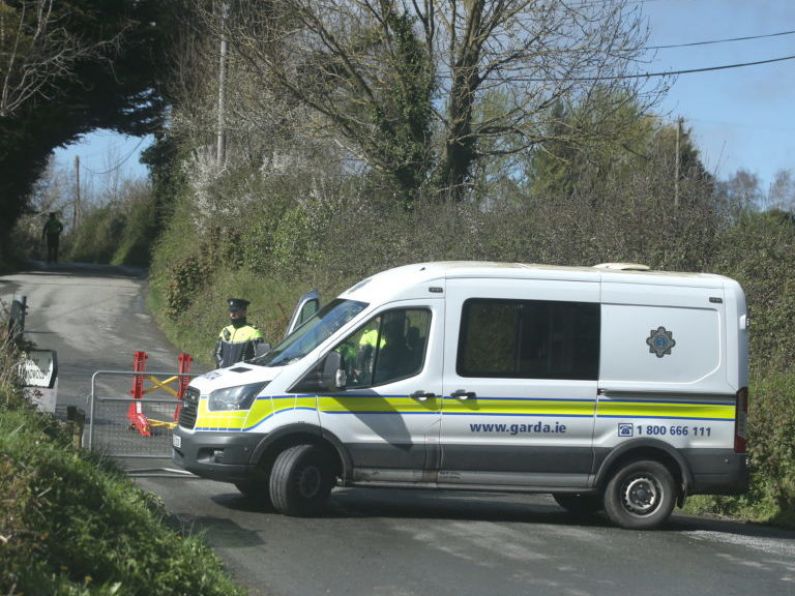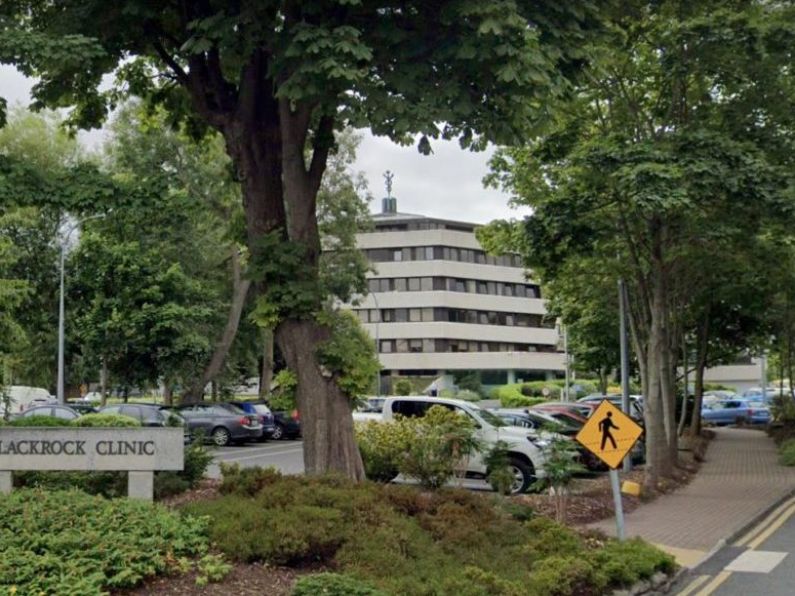James Cox
Nationally, rents grew by 8.3 per cent in the third quarter of 2021, according to the Residential Tenancies Board (RTB) quarterly Rent Index.
However, some counties in the South-East have risen even higher that that in the last three recorded months of 2021.
Carlow has seen average rent increase by 8.7%, while Waterford's quarterly rent increase was 9.2%, one of the highest in the country.
It puts both counties' average rent rates now above €1,000, joining Kilkenny as the three South-East counties with monthly rent rates into the four figures.
Wexford has seen a 3.7% increase to €919, while rents in Tipperary have risen by 4.8% to €824.
The report, compiled with the Economic and Social Research Institute (ESRI), includes the July to September period (Q3) of 2021.
This index shows that nationally, rents grew by 8.3 per cent year-on-year in this period. This is the highest national growth rate seen since Q4 2017, when growth reached 8.4 per cent.
The national standardised average rent stood at €1,397 during Q3 2021, an increase of €44 on the previous quarter.
Considering the longer-term trend in prices, Dublin has seen a greater initial drop and slower rebound in rental price growth since the onset of the Covid-19 pandemic than elsewhere.
This "likely reflects the differing impact of the Covid-19 economic shock on both the demand and supply sides of the market in the short run".
While rental price growth remained lower in Dublin than elsewhere in Q3 2021, its quarter-on-quarter growth of 3.6 per cent is the highest since Q2 2019.
Rental properties
This index is based on actual rents paid on 15,042 private tenancies newly registered with the RTB during the quarter. This includes new tenancies in existing rental properties; new rental properties never let before; and new tenancies in properties that have not been let in the immediate two years prior to this tenancy.
The Rent Index does not provide a measure of the rental prices faced by existing tenants. Traditionally, Q3 sees the highest rate of tenancy registration with the RTB, coinciding with the start of the academic year.
This usual pattern is not repeated in Q3 2021. While it does mark a small increase on Q2 2021 (14,361), there has been a substantial decline in the number of tenancies registered and included in the sample, with a 31 per cent decline in the sample compared to a pre-pandemic Q3 2019.
These figures show the continued challenges posed by the reopening of the Irish economy. "The lower number of registrations has certainly impacted the standardised average rents and could be, among other factors, a result that people are staying in their tenancies longer due to uncertainty in the market," according to the report.
Padraig McGoldrick, Interim Director of the RTB, said: “Our previous Q2 2021 RTB Rent Index report indicated that Ireland’s rental sector was rebounding from a slowdown in rent growth during the pandemic. This Q3 2021 report continues to show a significant upward trajectory of rent levels in the Irish rental market and reflects a sharp rebound from a reduction and slowdown in rent levels during the pandemic. It is clear, the ongoing introduction and easing of Covid-19 related restrictions around rental price growth in line with the public health measures has been affecting trends presented throughout 2020 and 2021 and there continues to be a large degree of uncertainty across the sector.”
Lifted public health restrictions
He added: “The significant rise in rent prices across Ireland is indicative of the wider growth being experienced in our economy, as a result of lifted public health restrictions. Rates of unemployment have dropped significantly, and Irish retail sales continue to grow. Not only is the growth in the rental sector reflective of that in other aspects of our economy, but it is also in line with what is happening in economies around the world.”






